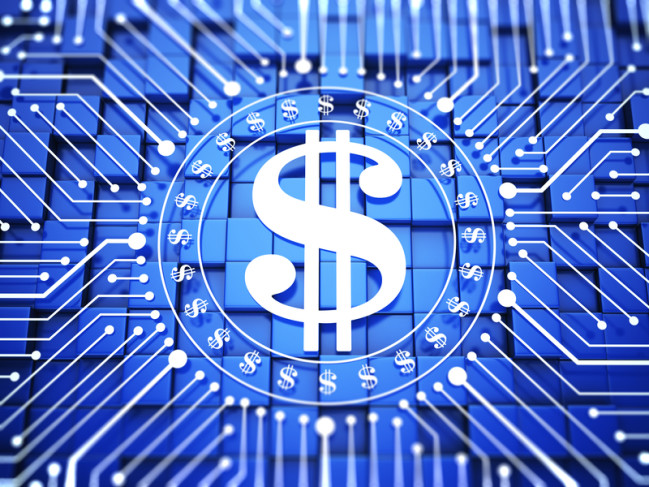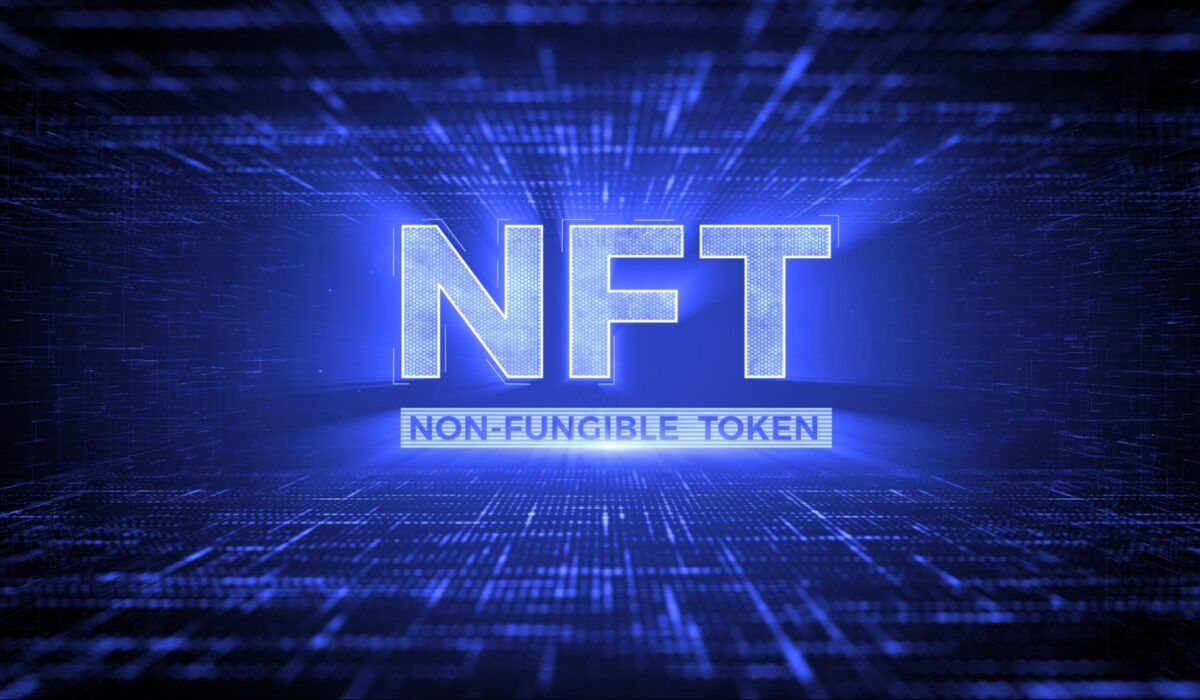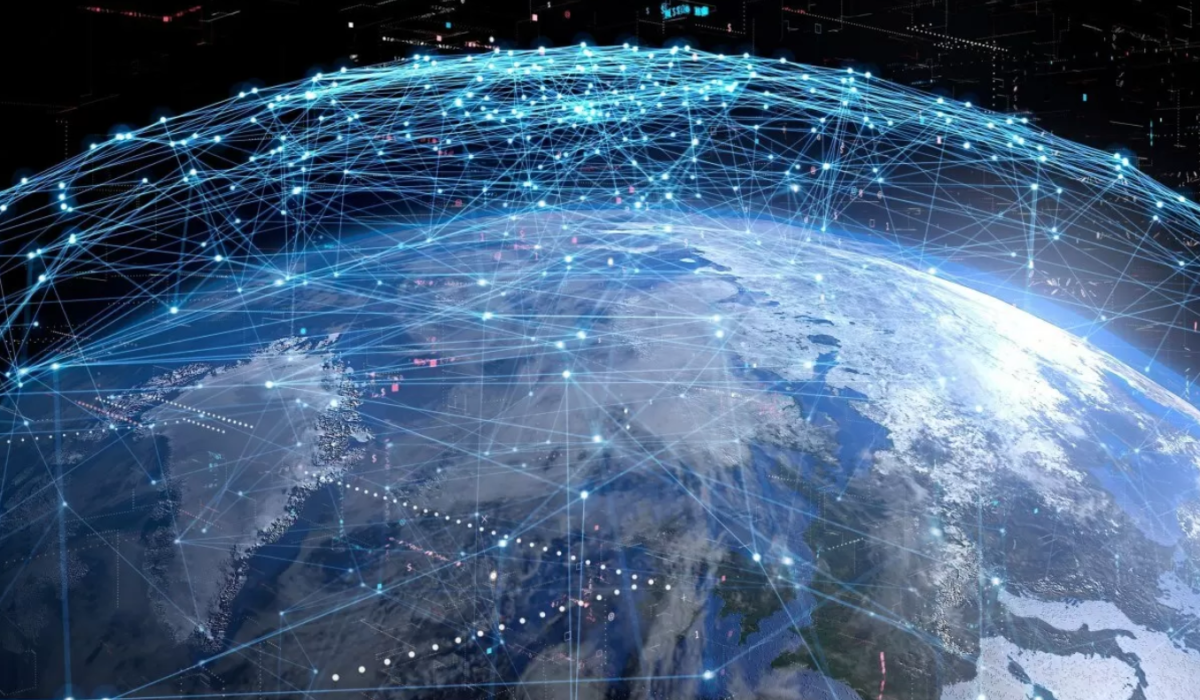The Future of Currency
Money, currency and other forms of financial transactions are on the verge of a dramatic transformation that will forever reshape the way we conduct business and trade both locally and globally. The Covid-19 pandemic not only accelerated the shift toward digital and contactless payments, but also led to a more mainstream acceptance of physical cash alternatives like cryptocurrency and that will only become more commonplace moving forward.
The End of Cash
Prasad, a senior professor of trade policy at Cornell University, a senior fellow at the Brookings Institution and the former head of the International Monetary Fund’s China division, says that “the era of cash is drawing to an end and that of central bank digital currencies has already begun.” This is one of the few things I agree with him on.
Though there are an infinite number of ways future currency can evolve but I predict a balanced combination of cryptocurrency, stablecoins, central bank digital currencies (CBDCs) and other intergrated non-contact digital payment systems will lead to the complete demise of physical cash in our lifetimes.
In 2010 99.5% of small businesses accepted cash as a payment option, in 2015 that number dropped to 97%, by 2020 it was 90% and by December of 2021 only 70% of small businesses in the US accepted cash as a payment option. In a recent poll conducted by Travis Financial (Credit Unions) they discovered that only 16% of US consumers always carry cash, and additional 9% carry it sometimes and an additional 12% carry it only when needed furthermore a whopping 63% of US consumers no longer carry cash at all.
The truth is the age of cash as a currency has already ended and by way of the pandemic we have already passed the point of no return in our journey toward a completely cashless society.
In the very near future ALL transaction no matter how insignificant will take place using a digital means of transacting all seamlessly connected through the data stream. While true money (gold & silver) will never be completely replaced physical fiat currencies will only exist in museums and numismatic collections.
As inflation continues to rise and the currencies of the world (specifically the US dollar) continues to devalue it will become easier and easier to convince the population the only solution is to replace physical currency with virtual currency. Already most central banks either have or are developing blockchain currencies of their own. There is little doubt that all central banks will have functioning digital currencies by the end of 2022 and many are already using them in limited capacities. It is now an inevitable reality that cash as we know it will be eliminated in the reasonably near future and the most likely scenario will include the drastic devaluation of the US dollar coupled with the rise of blockchain acceptance by central banks and financial institutions.
I still do not see a clear path to any kind of unified global currency for many complicated reasons including politics, psychology and the illusion of freedom and choice. I believe we will have hundreds, possibly even thousands of ways to exchange, send and receive payments and transfer value. The one common thread is they will all be digital and ultimately processed through the data stream. All transaction will be easily tracked, publicly transparent, reported and taxed (likely in real time).
To be clear I don’t think the United States will abruptly end paper money rather they will introduce a digital version of the dollar and slowly transition away from cash.
The Future of Stocks
The rise of NFT’s, Blockchain technology, Digital currencies and electronic transactions will cause the abolition of the stock market as we know it. For better or worse no longer will one entity control the business markets of an entire country nor will the trading market be restricted to specific operating hours or global regions.
Sure companies will still have stocks and you will be able to invest your digital currencies in those stocks and earn returns or take losses. The primary difference is all stocks globally will be decentralized and converted to blockchain “Currencies” exchangeable by anyone at anytime regardless of location. The “stock market” will operate much the same way digital currency exchanges operate now with each company having their own digital currency. It is likely hundreds or even thousands of exchanges will exist and any given company can have their “Stock” listed of any number of them simultaneously.
One advantage to the new model is most companies will likely accept their “stock” as a payment method or currency to purchase services and goods. Some companies may even accept stock of another company as payment for their own goods or services.
Taxes
As the future of currency changes to an ALL-digital model I suspect the model of taxation will also change. I expect to see all levied taxes imposed as a percentage fee applied to each digital transaction and collected by the governing body at the time of transaction.
Taxes will be levied much the way sales taxes are imposed toady but will likely be a higher percentage and all transactions regardless of purpose will be subject to such fees payable at the time of transaction.
UPDATE 02/08/2022
Forbes announced today that the Federal Reserve has developed and tested a “Digital” version of the US dollar that can handle 1.7 Million transactions per second with most transactions closed in <1 Second.
Fed Designs Digital Dollar That Handles 1.7 Million Transactions Per Second (forbes.com)


